परिचय
COVID-19 reached India in early 2020, with the first confirmed case reported in Kerala on 30 January 2020, linked to travel from Wuhan, China. As the outbreak escalated globally, India undertook one of the world’s strictest nationwide lockdowns beginning 25 March 2020, followed by a phased reopening (“Unlock”) from June. India experienced multiple waves, notably the first peak in September 2020 and a far more severe second wave in April–May 2021, before mass vaccination scaled up from January 2021 onward.
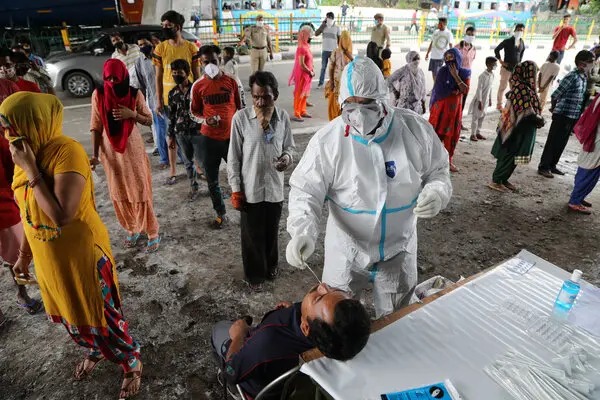
Early Timeline and Containment
- 30 January 2020: First confirmed case in Kerala (student returning from Wuhan).
- February–early March: Expanded airport screening, quarantines, and advisories; evacuation missions for Indians abroad.
- 22 March: “Janata Curfew” (voluntary public curfew) to signal social distancing.
- 25 March–31 May: Nationwide lockdown in phases (with calibrated relaxations for essential services, agriculture, logistics, and later select industry). Districts were categorized red/orange/green based on transmission, and containment zones followed stricter measures.
- June onward: “Unlock” phases began, progressively reopening public and economic activity with SOPs.
Public Health Measures
- Testing and tracing: RT-PCR and later rapid antigen testing scaled; contact tracing and quarantine guidelines expanded.
- Health system readiness: Dedicated COVID hospitals/wards, oxygen supply augmentation, ventilators, PPE procurement; elective care deferred in many places during surges.
- Digital tools and communication: Aarogya Setu app for risk alerts; extensive public messaging on masking, distancing, and hygiene (“Do Gaj Doori,” “Mask Hai Zaroori”).
- Travel controls: International travel was restricted, with Vande Bharat Mission facilitating repatriations; domestic travel protocols evolved with testing and quarantine norms.
Socioeconomic Response
- Relief and welfare: Foodgrain support (PMGKAY), cash transfers for vulnerable groups, MNREGA expansions, and credit/guarantee schemes for MSMEs.
- Migrant support: Special Shramik trains and buses to return workers; states expanded shelters and food distribution. The migrant crisis spotlighted urban informality and social protection gaps.
- Economic policy: Monetary easing, liquidity measures, and fiscal packages (Atmanirbhar Bharat) aimed at stabilizing demand, credit, and supply chains.
Epidemiological Course (2020–2021 snapshot)
- First wave: Cases rose through mid-2020, peaking in September (~90,000+ daily cases), then receded to lower levels by early 2021.
- Second wave: Beginning March 2021, driven by more transmissible variants, daily cases and deaths surged sharply; acute shortages of hospital beds, oxygen, and some medicines were reported in several cities. The wave subsided by June–July 2021 after emergency mobilization, supply ramp-ups, and partial lockdowns/curfews by states.
Vaccination Programme
- Launch: 16 January 2021, beginning with health-care and frontline workers, then expanding by age/risk cohorts to all adults; later, boosters (“precaution doses”) and adolescent coverage.
- Vaccines: Covishield (AstraZeneca/Serum Institute) and Covaxin (Bharat Biotech) were primary; other vaccines received emergency authorization subsequently.
- Scale: India executed one of the largest vaccination drives globally, delivering billions of doses over 2021–2022; CoWIN platform managed registrations, inventory, and certificates.
Health System Lessons
- Surge capacity: Need for resilient oxygen ecosystems (plants, tankers, cylinders, concentrators) and ICU/critical-care capacity across urban and rural regions.
- Supply chains: Secure PPE, diagnostic supplies, and essential medicines; fast-track domestic manufacturing under emergency protocols.
- Data and surveillance: Strengthen genomic surveillance, real-time reporting, and inter-operable health information systems for rapid detection and response to variants.
- Primary care: Expand community health, home-care protocols, telemedicine, and doorstep delivery of essentials/medicines during waves.
Economic and Social Impacts
- GDP shock: A deep contraction in Q1 FY21 from the first lockdown; recovery progressed unevenly across sectors, with contact-intensive services lagging initially.
- Informal sector and MSMEs: Significant cash-flow and employment stress; policy support targeted credit access and demand revival.
- Education and learning loss: Prolonged school closures accelerated digital divides; blended learning, device access, and remedial programmes became priorities.
- Mental health: Heightened stress, grief, and burnout among the public and frontline workers underscored the importance of mental-health services.
Governance and Federal Dynamics
- Centre–state coordination: Disaster Management Act framework, inter-ministerial groups, and empowered committees guided national responses, while states implemented localized containment, clinical protocols, and resource allocation.
- Judicial oversight: Courts intervened during peak crises to streamline oxygen allocation, price controls for essentials, and accountability in supply logistics.
Endemic Transition and Ongoing Preparedness
- Endemicity: With high hybrid immunity (infection plus vaccination), subsequent waves were generally less severe, though local surges occurred with new variants.
- Preparedness: Focus on booster coverage for high-risk groups, variant-adapted vaccines when available, stockpiling critical supplies, surge drills, and public health workforce strengthening.
- International cooperation: India supplied vaccines globally (Vaccine Maitri) once domestic conditions allowed, and engaged in research, manufacturing, and regulatory cooperation.
Key Dates and Facts at a Glance
- 30 Jan 2020: First case in India (Kerala).
- 22 Mar 2020: Janata Curfew.
- 25 Mar–31 May 2020: Nationwide lockdown (phased extensions).
- Jun 2020 onward: “Unlock” phases begin.
- Sep 2020: First-wave daily peak.
- 16 Jan 2021: Vaccination begins (health/frontline workers first).
- Apr–May 2021: Second wave peak; oxygen and hospital shortages.
- Mid-2021 onward: Gradual stabilization; continued vaccination, boosters.
Lasting Legacy
- Public health capacity: Oxygen infrastructure, emergency medical logistics, and genomic surveillance gained priority.
- Digital public goods: CoWIN and UPI-enabled health payments showcased scalable platforms for service delivery.
- Policy rethink: Renewed emphasis on primary care, supply chain resilience, and social protection systems for informal workers and migrants.
- Community resilience: Civil society, volunteer networks, and local administrations played vital roles in relief, home care, and vaccination outreach.
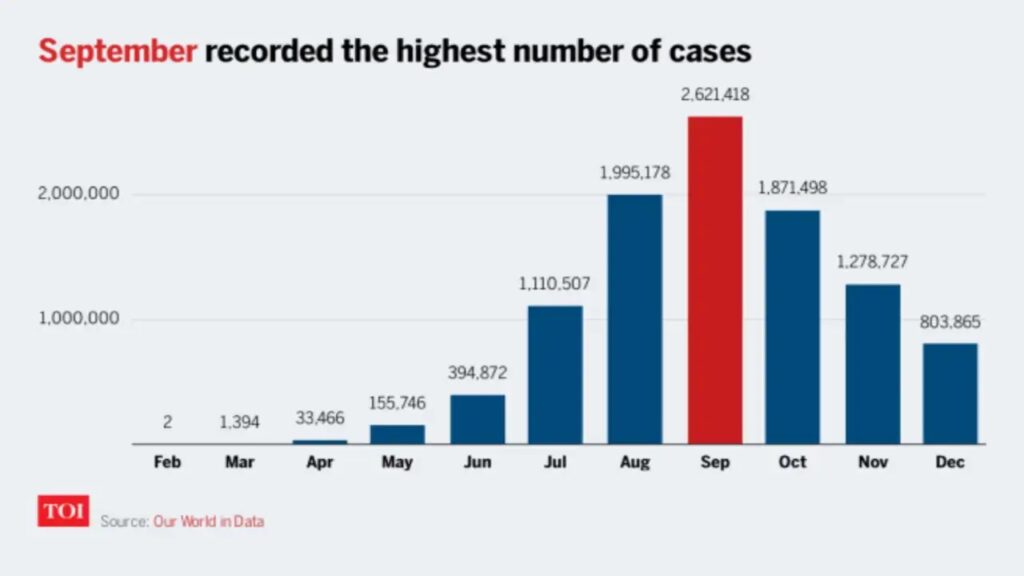
निष्कर्ष
The COVID-19 pandemic in India was defined by early stringent containment, severe multi-wave health shocks—especially in 2021—followed by one of the world’s largest vaccination drives and a pivot to endemic management. The experience reshaped India’s health preparedness, digital delivery systems, and risk awareness, while highlighting the imperative of resilient public health, robust social safety nets, and agile federal coordination for future health emergencies.

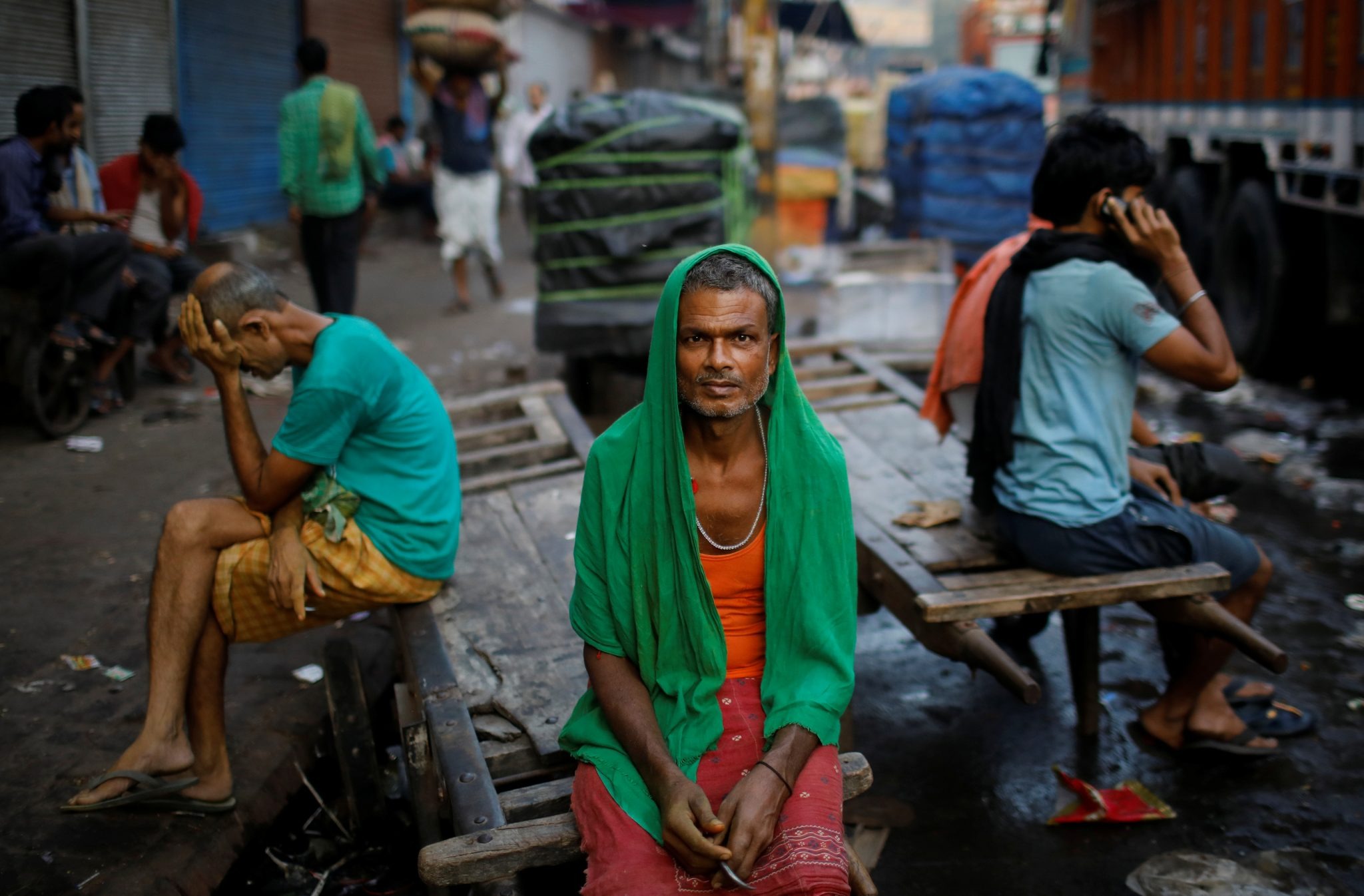


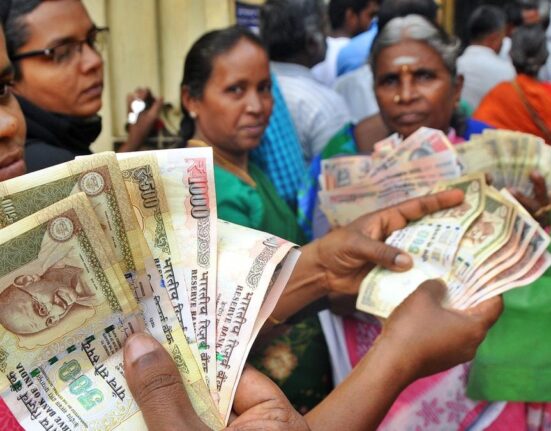
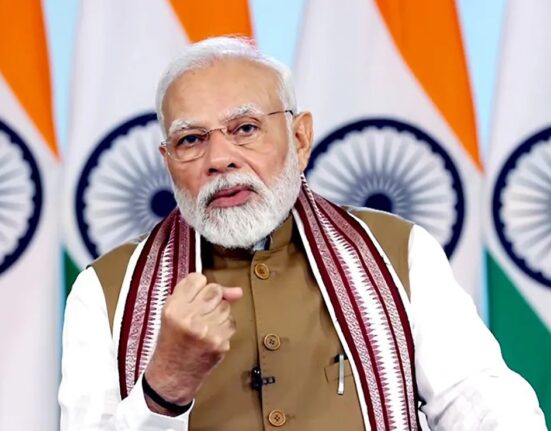

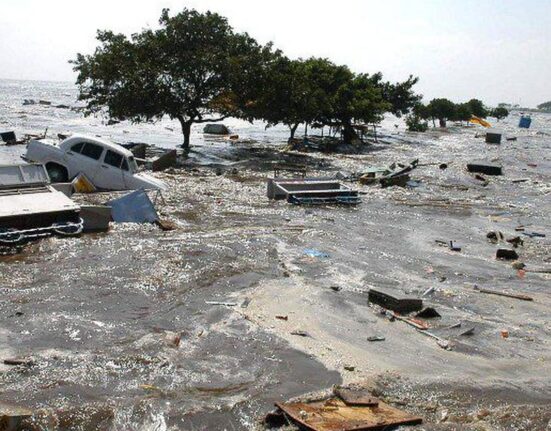
इस बारे में प्रतिक्रिया दें